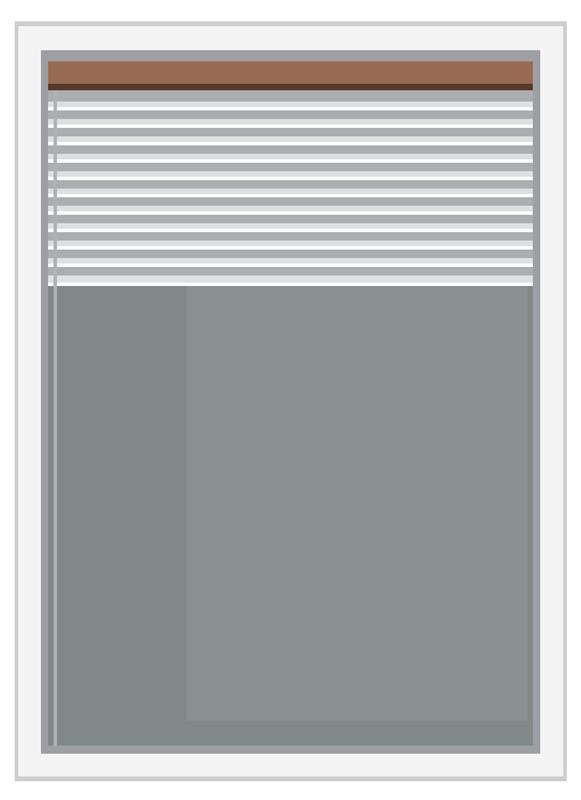
Between scorching 115-degree days, sudden dust storms, and UV rays that seem to bleach everything they touch, your window treatments face conditions that would destroy ordinary home furnishings in months.
Yet with the right care routine, your blinds can not only survive but thrive in these harsh desert conditions. The key lies in understanding what the climate throws at them and adapting your maintenance approach accordingly.
Understanding Desert Damage to Your Blinds
Dust storms strike with little warning, creating blinding, choking dust that can quickly reduce visibility and deposit fine particles on every surface.
The intense heat creates additional problems. Extreme temperatures can warp vinyl blinds, fade fabrics, and cause expansion and contraction that loosens hardware over time.
Essential Weekly Cleaning Routines
Weekly cleaning essentials:
● Use microfiber cloths to trap dust rather than spreading it around
● Clean both sides of each slat systematically
● Pay attention to cord mechanisms and hardware where dust can jam moving parts
● Vacuum surrounding areas to prevent dust from immediately resettling
Deep Cleaning Strategies for Desert Conditions
Every few months, your blinds need more intensive care to remove embedded dust and restore proper function. Use UV-resistant cleaners especially for composite or faux wood, and avoid moisture to prevent warping in wood or vinyl blinds.
For aluminum and vinyl blinds, you can safely use damp cloths, but always dry immediately to prevent water spots that become permanent in desert heat. Wood blinds require special care; use only dry or barely damp cleaning methods, and apply appropriate wood conditioners afterward to prevent cracking.
Heat Protection and UV Defense
Position blinds to minimize direct UV exposure during peak sun hours. Close them during the hottest parts of the day, but remember that completely closed blinds in extreme heat can trap air and create damaging temperature buildup.
Best tip is to open windows during the night and let cool air in, then lower blinds during the day to keep temperatures down. This strategy reduces the thermal stress on your blinds while maintaining energy efficiency.
Apply UV-protective treatments to fabric blinds annually. These products can significantly extend lifespan by preventing the photodegradation that causes fading and material breakdown in desert climates.
Seasonal Maintenance Schedule
Spring preparation: Check all hardware for dust accumulation, lubricate moving parts, and inspect for winter damage. Replace any worn components before the harsh summer season.
Summer vigilance: Increase cleaning frequency during active dust storm periods. Monitor blinds for heat damage and make adjustments to prevent warping.
Fall restoration: Conduct thorough cleaning and repairs after summer heat exposure. This is the ideal time for professional maintenance or component replacement.
Winter offers a brief respite, but don't neglect maintenance entirely. Use this cooler period for major repairs or upgrades that would be difficult during extreme weather.
Smart Investment in Desert-Ready Blinds
Your maintenance efforts work best when you start with blinds designed for harsh conditions. Materials matter enormously in desert climates; what works in humid eastern states often fails quickly in arid western conditions.